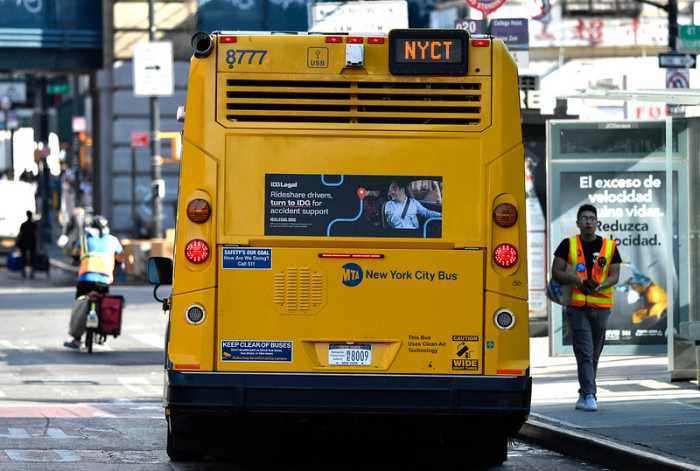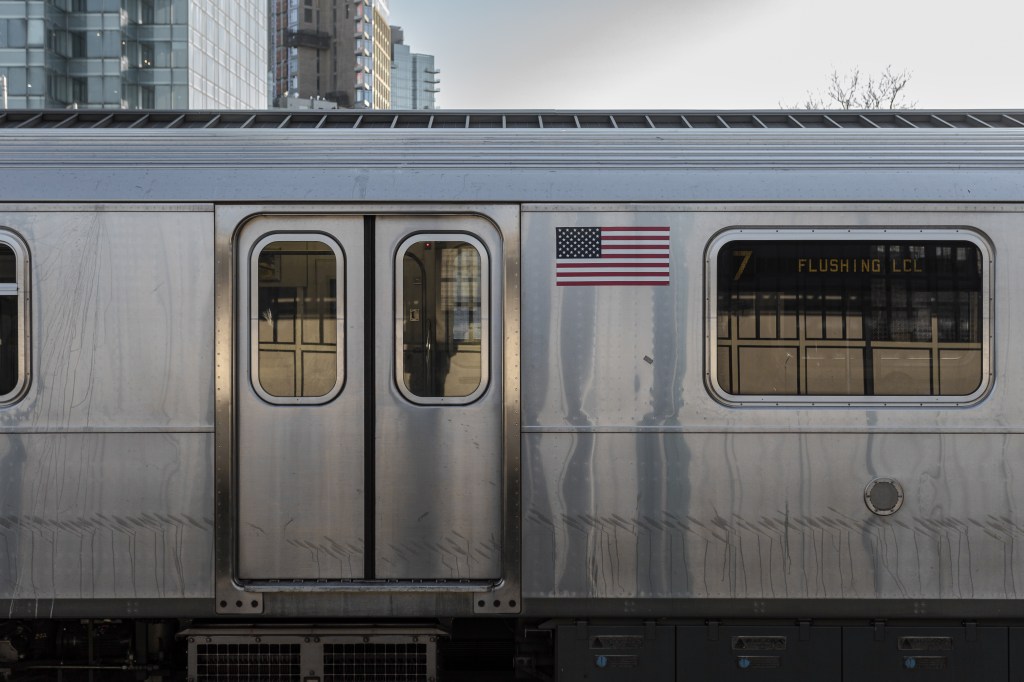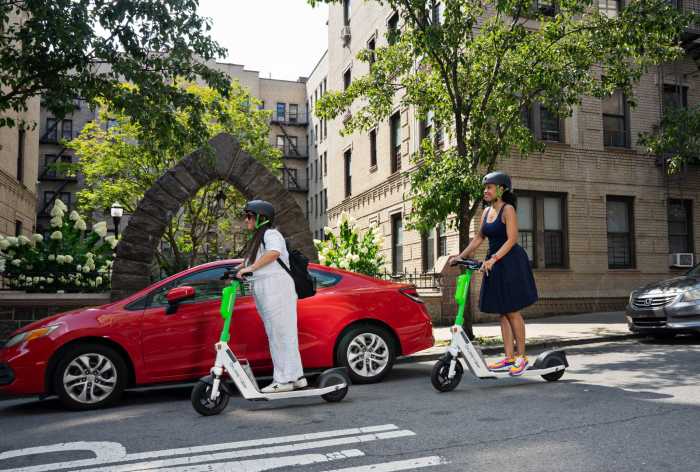Bus and train service across New York City is going to get better for customers as fares rise next year, according to the MTA.
Late last month, the MTA released its preliminary 2017 budget and four-year financial plan, which includes millions in funding, allowing the MTA to create an improved customer experience, increase services and service support, enhance safety and security features, and perform necessary maintenance and operations.
Queens residents will see a $36 million investment earmarked for new bus service, including four new Select Bus Service routes: the Q25, Q52/Q53, Q70 and Q113. New York City Transit and the MTA Bus Company will also provide up to $21 million for additional enhancements to the base level of service on subways and buses.
The MTA’s four-year financial plan provides $195 million from 2017 to 2020 make the ride a little better for commuters. This year 200, buses and 200 subway cars will have Wi-Fi capabilities, USB charging ports and digital screens. In 2017, 400 additional subway cars will have these amenities.
The MTA will also make renovations at 31 subway stations throughout New York City, introduce Wi-Fi to all 278 underground stations by December 2016, and introduce a new “contactless” fare payment technology to subways and buses by 2018.
An additional $46 million is earmarked for increases in safety and security initiatives over the four-year span, which will enhance existing measures designed to ensure the safety of pedestrians, customers and employees. Upgraded railroad crossings, additional onboard vehicle cameras, “Help Point” intercoms and security operations are all part of the plan.
The budget also includes $145 million for improving the reliability, efficiency and performance of its infrastructure, facilities and fleet.
In what some would call good news, the MTA expects to be able to limit the previously announced 2017 and 2019 fare and toll increases to no more than 4 percent. The fare hike is projected to give the MTA an additional $308 million in annual operating revenue, allowing for projected balanced budgets through 2019; however, there is still a $371 million deficit projected for the 2020 budget.
The public is able to review and comment on the MTA’s preliminary budget until it is adopted by the MTA Board, then the final proposed budget will be presented to the board in November and adopted in December. In the fall, the MTA will present specific proposals for the 2017 all-agency fare and toll increases and will hold a series of public hearings to seek public reactions to the proposals.


































